

Contributor
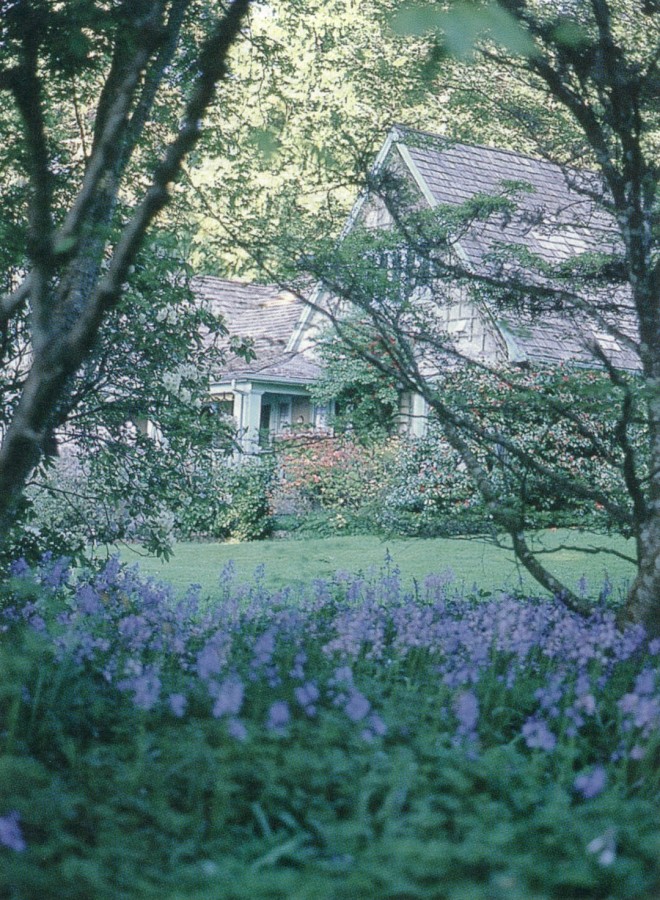
The Milner Gardens and Woodland is a seventy-acre garden gem in Qualicum Beach, on the eastern coast of Vancouver Island, British Columbia. The property lies within an area of mild, semi-mediterranean climate centered in the southern Strait of Georgia. The weather in this area is strongly influenced by its proximity to the Pacific Ocean and its position in a rain shadow on the leeward side of the island’s mountain ranges. The average annual rainfall at Milner Gardens is fifty inches, whereas on the western side of the island, rainfall may reach 120 inches. Summers are cool with occasional periods of high temperatures and drought. Winters are typically mild and soft with rain. Grey days are punctuated with brilliant sun—or occasional snow. Frosts are generally light and brief, but an arctic outflow, bearing snow and freezing winds, may wreak havoc on coastal gardens in this area.
Milner Gardens and Woodland includes sixty acres of towering Douglas-fir, western red-cedar, and grand fir, some over five hundred years old. The forest embraces and protects the ten-acre ocean side garden. The enveloping forest and the maritime influence moderate seasonal temperature ranges at Milner Gardens and afford us a USDA hardiness zone 9 classification. This enables the garden to support a wide variety of plants not found in other parts of Canada and the Pacific Northwest. The Harlequin glory bower (Clerodendrum trichotomum), for example, grows as a twenty-foot by twenty-foot tree adjacent to the south face of Milner House. Good sized, large-leaf rhododendrons, such as Rhododendron magnificum, R. macabeanum, and R. falconeri, are present in the garden. Star jasmine (Trachelospermum jasminoides), normally too tender this far north, was planted some thirty years ago on the west wall of the house. This plant’s roots and lower portion have been carefully enclosed each winter by a cold frame structure that opens up to a summer shade patio each spring. The upper part of the vine long ago escaped the winter protection and now claims the west wall to the top of the gables of Milner House, a height of about thirty feet.

The developed garden contains numerous additional exotic trees and rhododendrons. In spring, bulbs and meadow flowers, bluebells, lily-of-the-valley, and forget-me-nots cluster under flowering fruit trees and magnolias (Magnolia stellata, M. x soulangeana) in the meadow and orchard. The lawn is allowed to grow long with wild flowers: English daisy and buttercups, cyclamen (Cyclamen coum, C. hederifolium, C. africanum), violets (Viola odorata), and spring bulbs, such as squills (Scilla siberica, S. bifolia), glory-of-the-snow (Chionodoxa luciliae), winter aconite (Eranthis hyemalis), chocolate lily (Fritillaria lanceolata), fawn lily (Erythronium revolutum, E. oregonum), and daffodils. Spring brings a sequence of blooms from species and hybrid rhododendrons. Pink, rose, and white camellias cluster near the house. Princess trees (Paulownia tomentosa) bloom high and out of reach, whereas clematis (C. montana var. rubens) flowers along the tennis court gate and black-eyed Susan (Rudbeckia fulgida ‘Goldsturm’) along the pool fence.
Long-neglected perennial beds are being re-established in the garden. These include bold plantings of Primula in the rhododendron grove and plantings to enhance the more formal area around the house and grand lawn. Blue green hosta, fragrant honeysuckle (Lonicera periclymenum), and delicate lace-cap hydrangeas (Hydrangea macrophylla cultivars) come into their own during summer. The light green, translucent leaves of Katsura tree (Cercidiphyllum japonicum) shimmer in the sunlight. A large Chinese dogwood (Cornus kousa var. chinensis) provides a spectacular show of starry white blossoms. Roses add fragrance and color to the summer garden.

During autumn, the garden is ablaze with foliage. A harlequin glorybower tree (Clerodendrum trichotomum) puts forth a late summer bloom. Then, fiery red Japanese maples (Acer palmatum cultivars) begin to glow as focal points against the brilliant yellows of European beech (Fagus sylvatica cultivars) and big-leaf maple (Acer macrophyllum). Members of the witch-hazel family (Hamamelidaceae), such as fothergilla (Fothergilla major, F. gardenii), Persian ironwood (Parottia persica), winter hazel (Corylopsis spp.), witch hazel (Hamamelis spp.), add to the effect. The exfoliating bark of paperbark maple (Acer griseum) provides interest as it peels and feathers, exposing new flesh underneath.
But always, the forest is present, both mysterious and dramatic. Tall trees protect the garden from the full heat of summer. Old-growth Douglas-fir (Pseudotsuga menziesii) and western red-cedar (Thuja plicata) frame breathtaking ocean views. Deciduous trees and shrubs accentuate the green canopy of the forest. In some areas, forest trees are skirted by western trillium (Trillium ovatum), western sword fern (Polystichum munitum), huckleberry (Vaccinium ovatum, V. parvifolium), and wood anemone (Anemone blanda, A. nemorosa).
Although plants and trees are of primary interest at the Milner Gardens, other natural life forms and systems abound. Migrating birds and shore birds frequent the garden and adjoining ocean side. Purple finches nest near the house, while bald eagles and great blue herons fish the shallow waters near the shore. The forest supports an enormous eagle’s nest; to the delight of visitors, volunteers, and staff, two young were hatched in the spring of 2002. Sea lions bask nearby. With the fall and early winter rains, the long-waiting salmon spawn in swollen rivers along the coast, thus completing their life cycle.
The Garden’s Creators
The house and its past occupants also have an interesting history. The house was completed in 1931 and was purchased by Ray Milner and his wife Rina in 1937. It was primarily a summer home, a retreat from Ray’s law practice and business interests in Edmonton, Alberta. Ray was widowed in 1952, but he remarried in 1954 to Veronica, widow of Desmond FitzGerald, the twenty-eighth hereditary knight of Glin, Ireland. Veronica was a member of the British aristocracy and a relative of Winston Churchill. A formidable woman with passion and an eye for beauty, she had restored the castle gardens at Glin with her first husband. [See Pacific Horticulture, January 2003, page 11.] During her time in Ireland, she met Sir Frederick Moore, director of the botanical garden at Glasnevin, Dublin. Moore had been a close friend of the garden writer, William Robinson, and Veronica incorporated many of Robinson’s ideas in the development of her garden at Qualicum Beach. Over the years, Veronica’s guests included Prince Charles and Diana, Princess of Wales. Queen Elizabeth II and Prince Philip had a private retreat at the Milner estate in October 1987.
One of the most significant features of the garden is the collection of rhododendrons; many from the old Greig nursery, a forty-minute drive north of the garden at Royston. Ted and Mary Greig were noted rhododendron hybridizers of their time. They were joint winners of the American Rhododendron Society Gold Medal in 1965. Many of their rhododendrons are planted among the forest trees. The colors, shapes, textures, and size of hundreds of rhododendrons are astounding: delicate pink, purple R. augustinii hybrids, giant Himalayan species, red ‘May Day’ and R. shilsonii. Clouds of orange, purple, white, yellow, magenta—wave after wave of color surges through the garden.

Preserving a Treasure
The garden was gifted to Malaspina University-College in 1996 with a goal to maintain the garden in perpetuity for education and for the benefit of the community. As a condition of the acquisition, Veronica Milner lived in the main house during the first years of Malaspina University-College ownership. Before her death in November 1998, Veronica passed on her vision of the garden. She saw the garden and forest as a single living organism, a place of calm and tranquility, and an oasis for renewal and fulfillment.
There were major planning and design challenges inherent in moving from what had been a private pleasure garden—built for entertaining and for private reflection—to a public garden and a horticultural training facility associated with a school and dependent upon an extensive volunteer program. An advisory board was formed, and a mission and set of goals were developed early on. As well as “to preserve and enhance” the Milner Gardens and Woodland, the task would be “to educate and inspire.” Today, the Milner Gardens and Woodland Society Board continues to support the garden. Friends of the Garden also support the garden through their membership dues.
In order to enter the garden, visitors first pass through the native forest, a sequential experience that Veronica intended. A trail was built to minimize impact on the forest floor while maximizing the visitor’s experience; where necessary, elevated boardwalks provide additional protection for the forest floor. An interpretive system presents the story of the coastal Douglas-fir forest, the concept of an ecosystem in terms of the relatively undisturbed Milner forest, and the bio-diversity contained therein. Visitors happen upon, or discover, the garden as they emerge from the forest.

Working With Mature Rhododendrons
As is often true in older estate gardens in the Pacific Northwest, the rhododendrons at Milner had grown tall and lanky under the Douglas-firs, which had grown taller and denser in the forty years since the rhododendrons were first added to the understory. In many cases, the flowering was beyond the reach—and enjoyment—of our visitors. To improve the appearance of the rhododendrons and to improve light and air penetration into the dark, constrained garden below, we initiated a program of opening up the Douglas-fir super canopy.
Julian Dunster, a landscape architect and arborist, conducted a survey of the large conifers within the rhododendron grove. The survey resulted in the selection of a number of trees for limbing up (raising the canopy) and, in cases where trees had been previously topped or were otherwise damaged, for complete removal. With the help of a team of arborists and a twenty-ton crane, we plucked out a number of large conifers that had been selected for removal from the grove. This created a series of openings in the forest canopy, showering the garden below with periods of sun, then shade, then sun, where previously there had been only shade. The result has been a significant improvement in growing conditions within this part of the garden. The rhododendrons are responding with new vegetative growth and increased flowering.
In addition, a few rhododendrons have been selected and cut back to short stubs, in an attempt to further open things up and encourage the plants to produce foliage and flowers for better viewing closer to ground level. We have had only mixed results, however, using this approach. Thus, we have now begun introducing new planting beds of young rhododendrons propagated from the existing collection, along with a number of appropriate new introductions. Once the program of documenting the Greig rhododendrons has been completed, we will determine where to locate additional beds for young plants from that part of the collection. The concept is to incorporate new beds to complement the existing older beds and ensure a program of succession for this important element of the plant collections at Milner Gardens and Woodland.

A Garden For Education
The garden has only a small endowment that must be increased if the garden is to be preserved and protected. Donations, membership fees, visitors, and on-site services and programs support the garden. In the second open season, funding-raising events included an afternoon of wine, food, and music in the garden (in partnership with the Vancouver Island symphony); an art and photography weekend featuring local artists at work; a rhododendron festival in cooperation with the Mount Arrowsmith Rhododendron Society; and spring and fall plant sales featuring rare plants from the permanent collection and grown in our nursery. In addition to the small staff, an active and extensive volunteer program has been critical to the success of the Milner Gardens and Woodland. Almost two hundred volunteers play an active supportive role through participation on various committees, maintaining and restoring gardens and buildings, propagating plants, and offering an array of visitor services including guided tours, tearoom service, gift shop, and plant and ticket sales. They also operate a shuttle service for those unable to walk the distance from parking lot to garden and to transport plants propagated and sold on-site.
Spring of 2003 will see the launch of the Roots and Shoots Intergenerational Gardening Program. This gardening program sees the pairing of elementary students with garden mentors from our volunteer group. This is an important community project that marks the first program involving children in the garden. The program is inspired by and modeled on the Roots and Shoots Intergenerational Garden developed at the Elizabeth F Gamble Garden Center in Palo Alto, California. [See Pacific Horticulture, January 2001.]
Horticulture students from Malaspina University-College are introduced to a broad spectrum of the principles and practices of horticulture during their one-year certificate training at the GR Paine Horticulture Centre, forty minutes to the south. They practice skills including pruning, propagation, and plant identification, as well as landscape maintenance and design at the garden. Each year, three to four students from the program stay on for a summer internship in the garden.
Milner Gardens is committed to maintaining a comprehensive plant records and labeling system. Mapping of the garden, cataloging and identification of plant material has been on going. Every effort is made to label the collection, and a copy of the collection records is kept in the garden library. Currently, there is a great deal of research with respect to the Greig rhododendron collection. The purpose of the research is to identify, record, and label the collection, and to develop several public interpretive panels explaining its historical significance in the garden and fostering greater knowledge and enjoyment of the genus Rhododendron. A long-term goal is to make a selection of these rhododendrons available to the public and to other gardens.
Milner Gardens and Woodland has finished its second year open to the public, and the number of visitors to this unique and exciting garden continues to grow. After seven years, however, it seems that the work of preserving this garden and developing the public program has just begun.
[sidebar]
If you should like to visit…
Milner Gardens and Woodland is open to the public April through October, Thursdays to Sundays, from 10 am to 5 pm. The garden is located at 2179 West Island Highway in Qualicum Beach, BC, a two-hour drive north of Victoria, or forty minutes north of Nanaimo on Vancouver Island. BC Ferries has regular service to Vancouver Island from Tsawwassen and Horseshoe Bay. Accommodation and services are available in Qualicum Beach and neighboring Parksville. For more information, visit our web site at (www.milnergardens.org).
[/sidebar]
Share:
Social Media
Garden Futurist Podcast
Most Popular
Videos
Topics
Related Posts
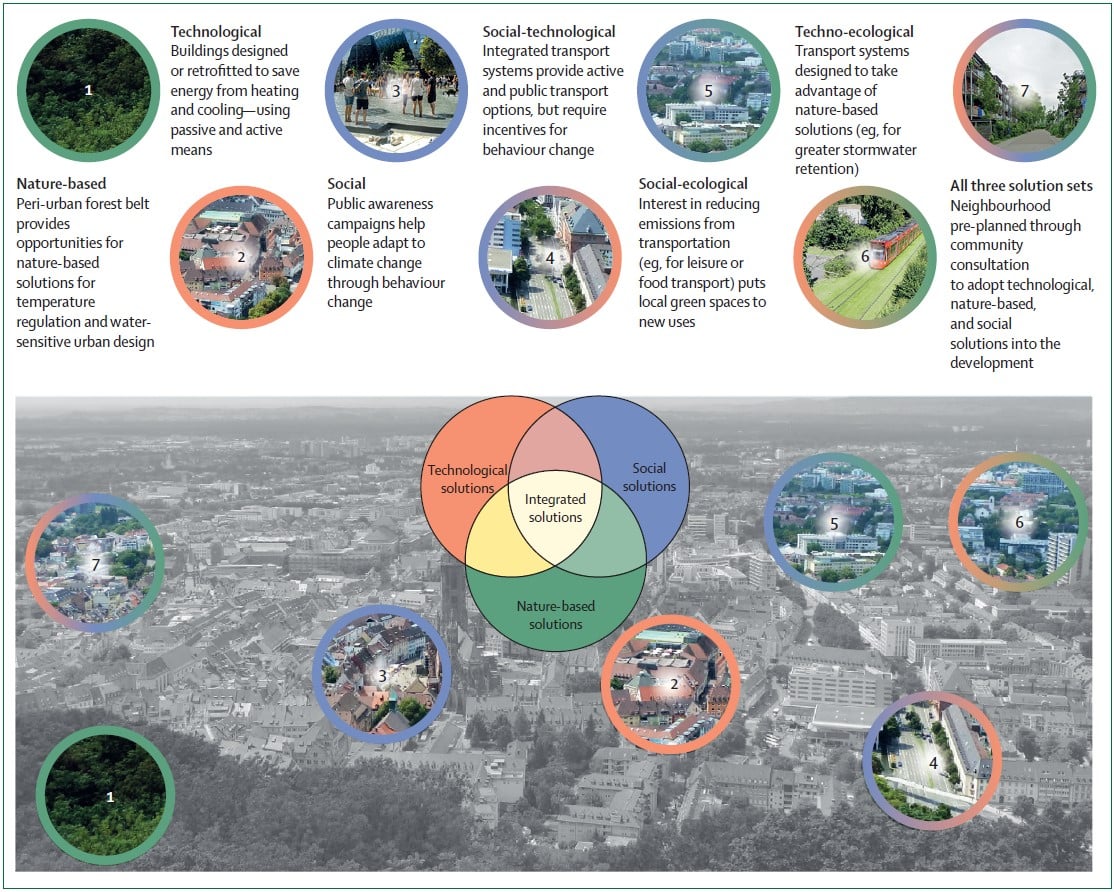
Ground Up Science for Greener Cities with Garden Futurist Dr. Alessandro Ossola
Spring 2023 Listen to the Podcast here. Alessandro Ossola is a scientist who gets very excited about the challenge of climate change allowing for an
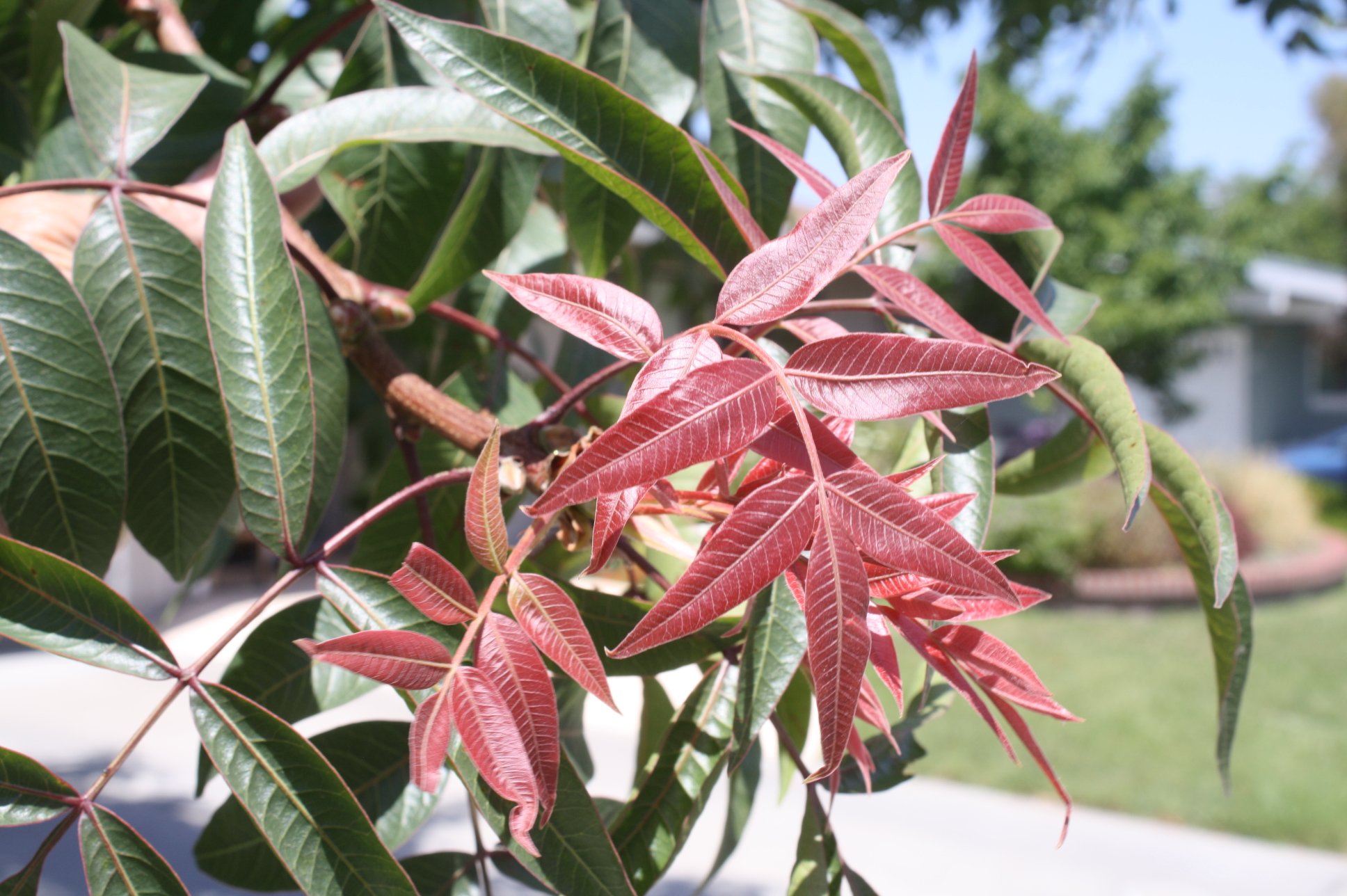
Readying Urban Forests for Climate Realities with Garden Futurist Dr. Greg McPherson
Winter 2023 Listen to the Podcast here. “Going from the mow and blow to a more horticulturally knowledgeable approach to maintaining the landscape. And that
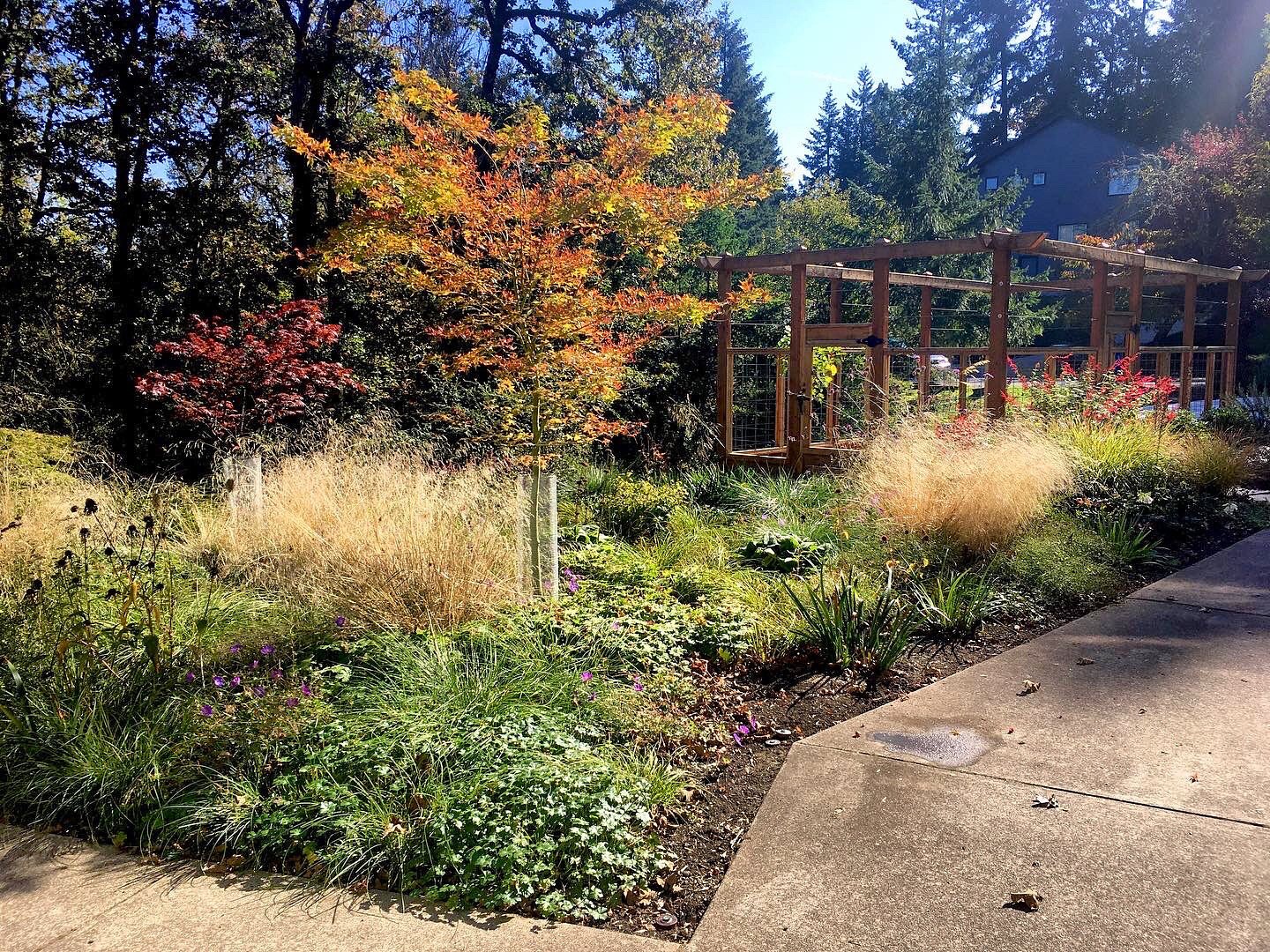
Low Maintenance Gardens – Better for Pollinators and People
Autumn 2022 “I come out every day. It’s therapy, my meditation.” Janet’s young garden transformed from overgrown, invasive plants to mostly natives. The dailiness of
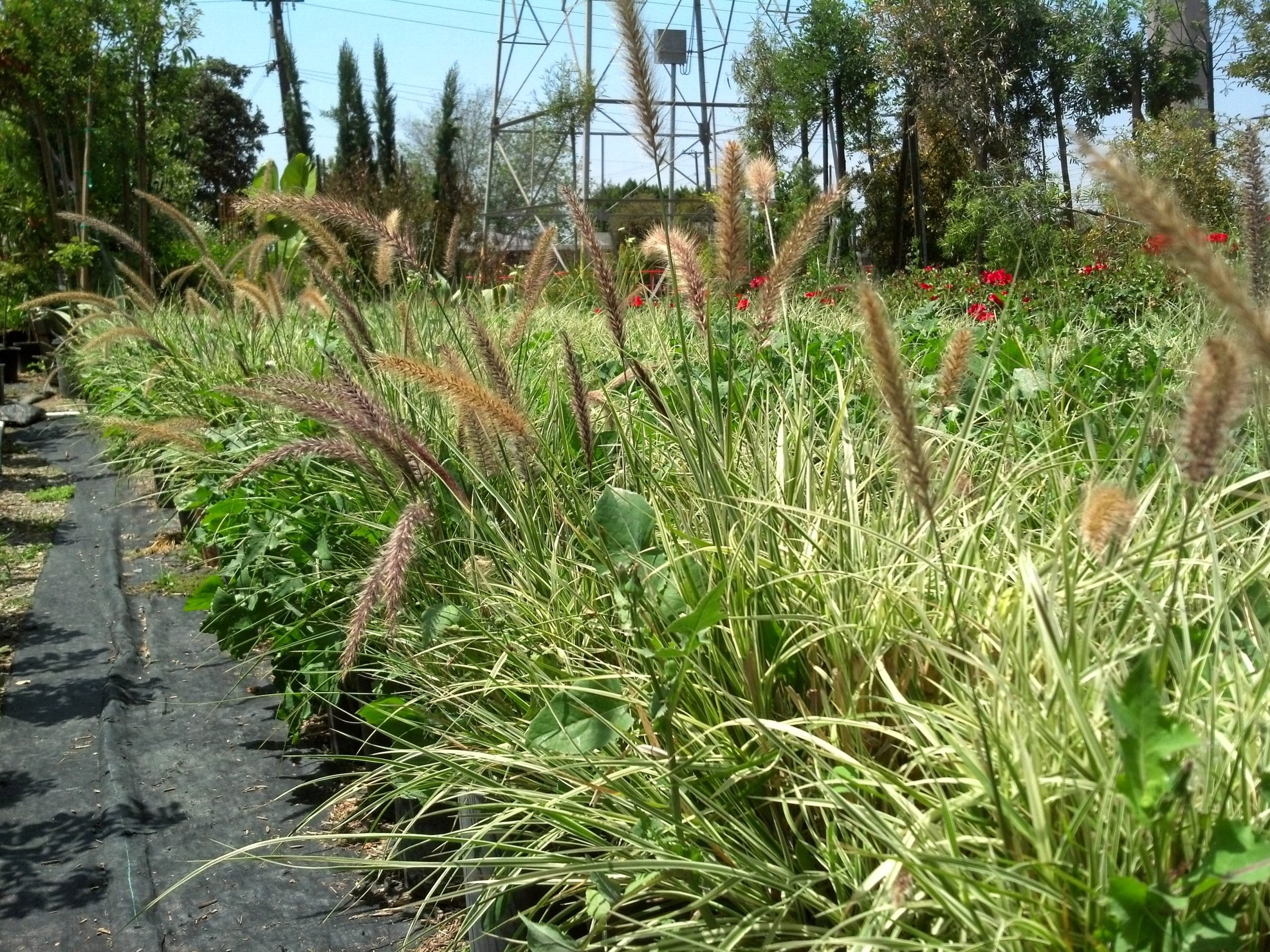
Invasive Plants Are Still Being Sold: Preventing Noxious Weeds in Your Landscape
Autumn 2022 With so many beautiful ornamental plant species and cultivars throughout California and the Pacific Northwest, how do you decide which ones to include




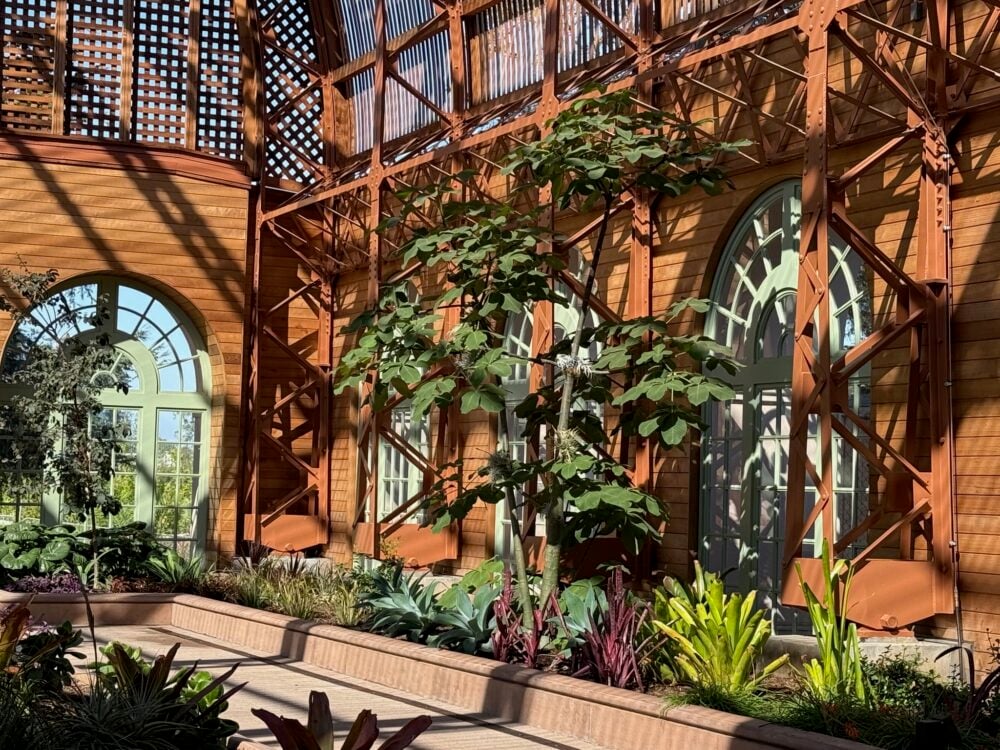



Responses